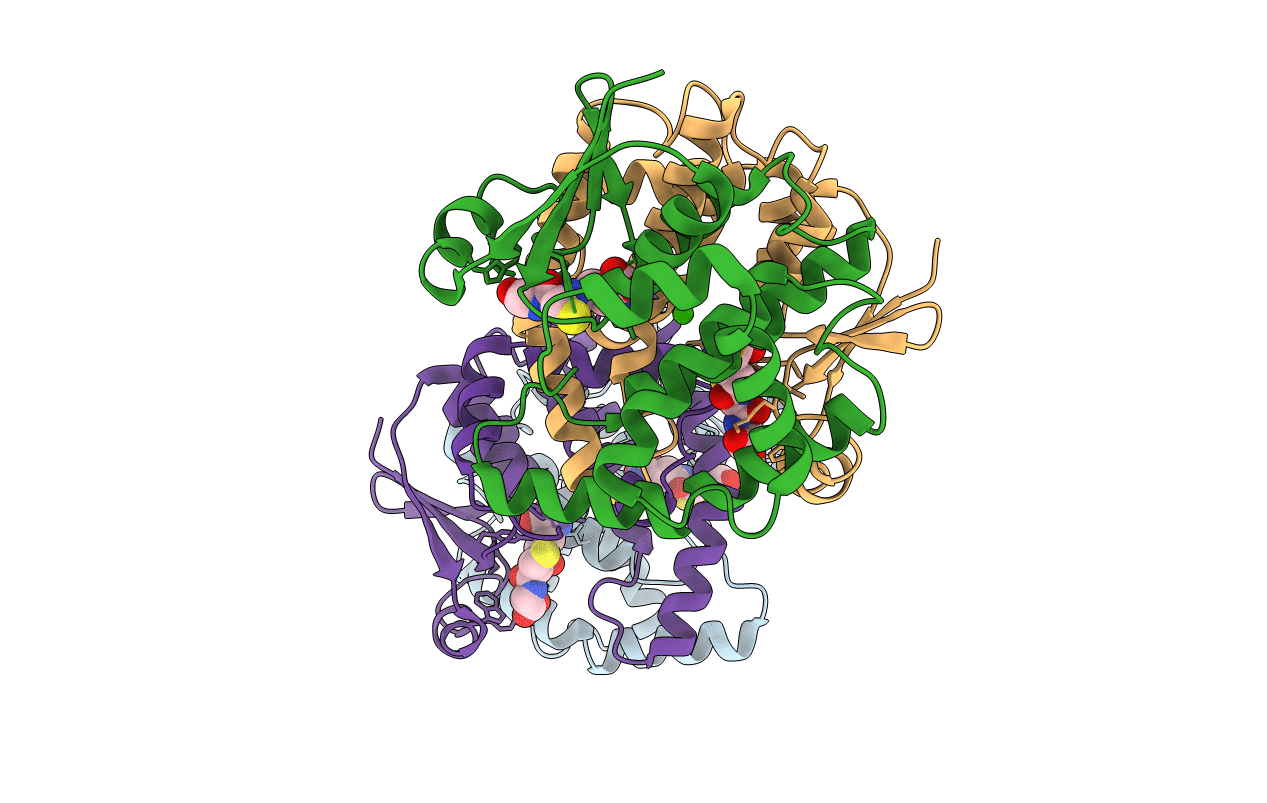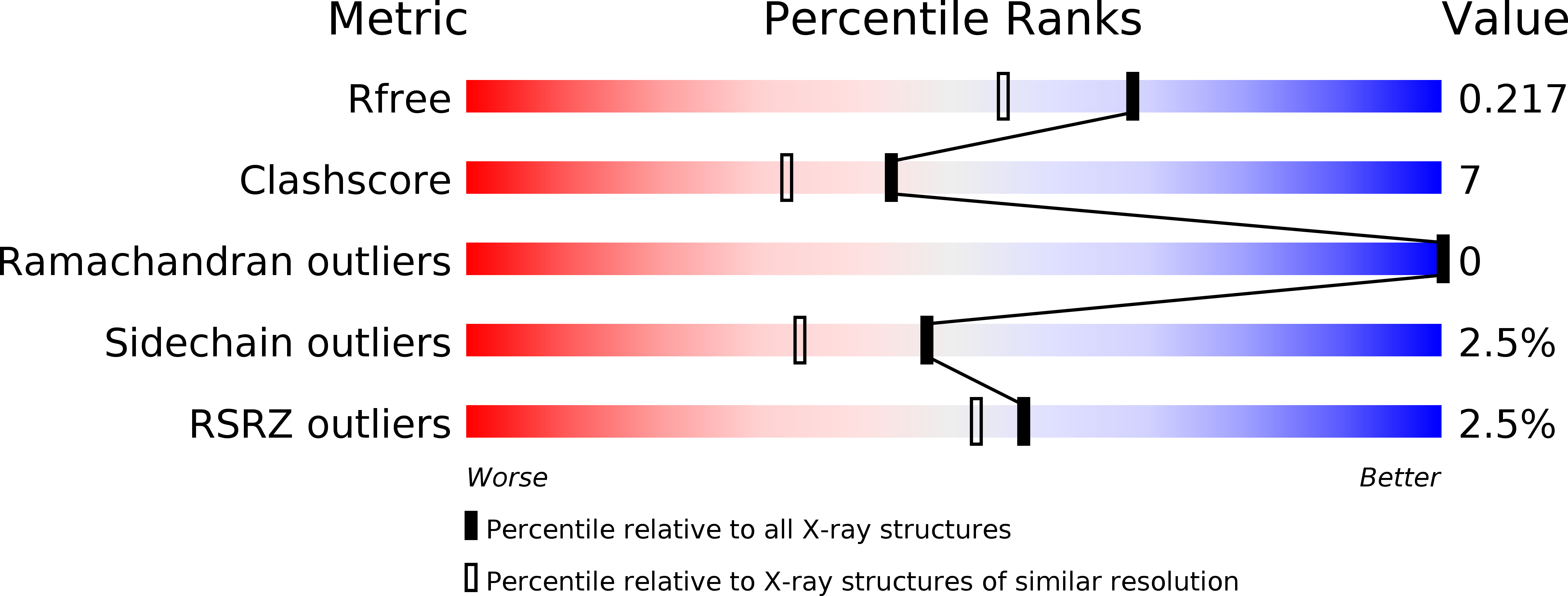
Deposition Date
2002-08-26
Release Date
2003-04-08
Last Version Date
2023-12-27
Method Details:
Experimental Method:
Resolution:
1.80 Å
R-Value Free:
0.22
R-Value Work:
0.18
R-Value Observed:
0.18
Space Group:
P 1 21 1


